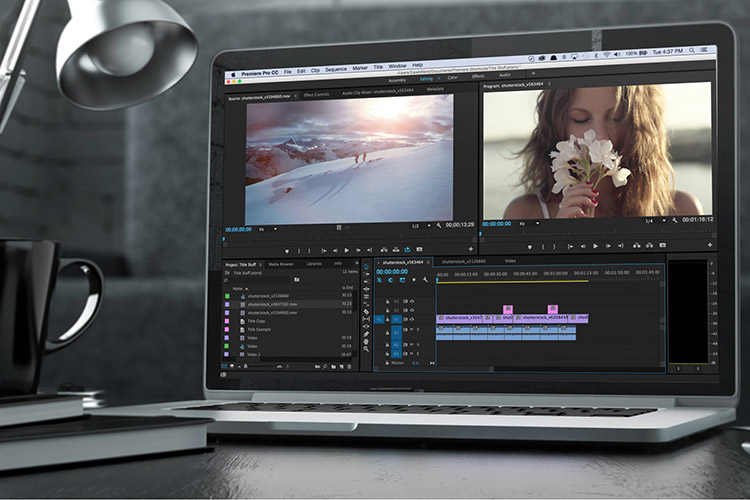
VOICE-OVER AND VOICE RECORDING
The Voice-Over (for Overdubb) is widely used in documentaries, docu-dramas, interviews.
The process involves superimposing the voice of the new version to the original version. This means that background we hear the protagonist on the screen to speak their language, and that the foreign version of superimposing them to make it as understandable as possible by the viewer.
In a voice-over, translation / adaptation must meet very strict criteria: monitoring the level of language of the protagonists on the screen, respecting the time allotted to the actor voice, etc.
This type of dubbing, which involves neither the game of the actor nor the synchronicity of lip, is also increasingly popular within corporate films and commercial videos. It needs to appeal to a specialized team including a translator / AV adapter, a professional actor and a sound technician and artistic director.
SUBTITLING / VIDEOGRAPHY
Captioning is the process that is to bring up the appropriate translation of all audio or written information from a video at the bottom of it synchronously. This obviously includes dialogues and narration, but sometimes the songs, the title, the introductory texts, etc. The goal is to bring it as accurately as possible way, while respecting the technical constraints related to the viewer reading time. This very sharp adaptation work needs to be done by a translator captionist and a video technician for the respect of standards and keying if necessary.
Audiodescription
The audio description is a set of techniques that allow blind and visually impaired people to enjoy movies, shows or exhibitions, through a voiceover describing the visual elements of the work.
Thus, a team of “Image translators” will extract meaning (image analysis) déverbaliser, and prioritize the elements described in terms of the allotted time. The voice audio description will indeed be sandwiched between the silences of the dialogues of the film, while respecting at best, the course of the narrative. The audio description thus involves writers, technicians for tracking and recording the voiceover actor. Particular attention will be given upon registration, so that the voice of the actor remains neutral and does not intervene in the narrative carried by the film.
TRANSCRIPT
The transcript allows to transcribe the audio and written script of a video or a sound file. Whether performing a translation for subtitling or dubbing, or simply to upload the text of your film, the transcription is a key step in audiovisual translation. It is a simple exercise less than it seems, especially when it comes to videos that are not French. Like every written document, rigor and excellent command of the language are in order to get a quality transcription.
Maroc
- +212 600 23 87 17
- +212 703 13 32 00
- contact@goodspeaker.ma
- Rabat : N°51, Imm. G, Résidence Réda, Av. Hassan II
- Casablanca : Résidence Medina II Imm. J Appt 10 Sidi Maarouf
- Kenitra : 380 Av. MED V Bureau N°8 RCE Tour Hassan
Spain
- 00 34 624 521 395
- info@good-speaker.com
- Carrer Extremadura, Planta: 2 Pta.: 2 43205 - Reus (Tarragona)
Qatar
- +974 5009 6471
- info@good-speaker.com
- Near Umm Ghuwailina Health Center, Building no 64, 4rd Floor, Doha-Qatar






